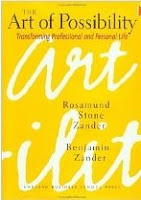What I Learned - Part 2

There were several specific things I learned in relation to my media project this month. My intention was to find out as much as I could about displaying videos and video segments on a web page and add some sort of interactivity. Some of the things I learned: embed video (from another site) in a blog or other website embed a portion of a video (from another site) using begin and end points using a program called embedr, I can set up a display list of videos segments a website on Wetpaint is easy to set up, looks nice, and incorporates video nicely Wetpaint only incorporates video from YouTube, Google video, and Hulu, which rules out my hopes to use embedr! Animoto may be a good presentation tool for parts of my project, keeping things interesting and varied. taking a clip from a DVD and incorporating it directly into a web page While these are some of the specifics, I did get a much better overall sense of what I want this media project to be. Through my experiments and exploration, I ...












